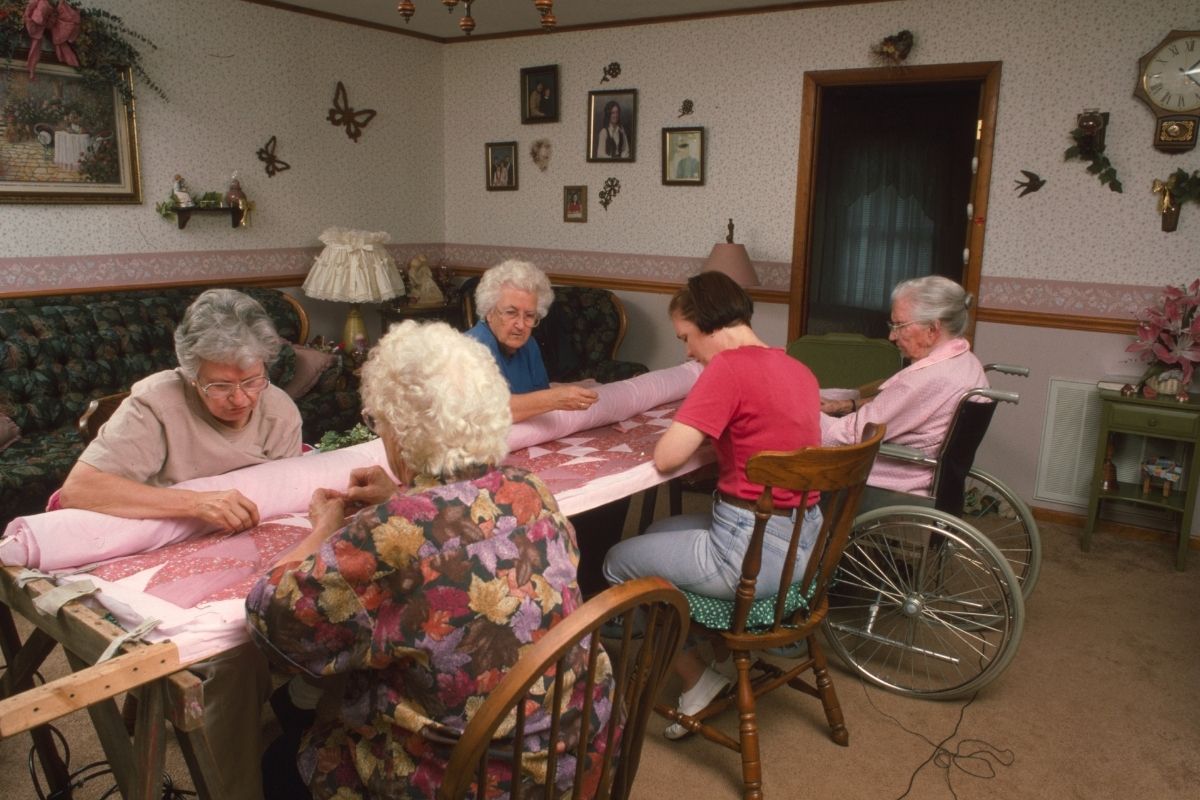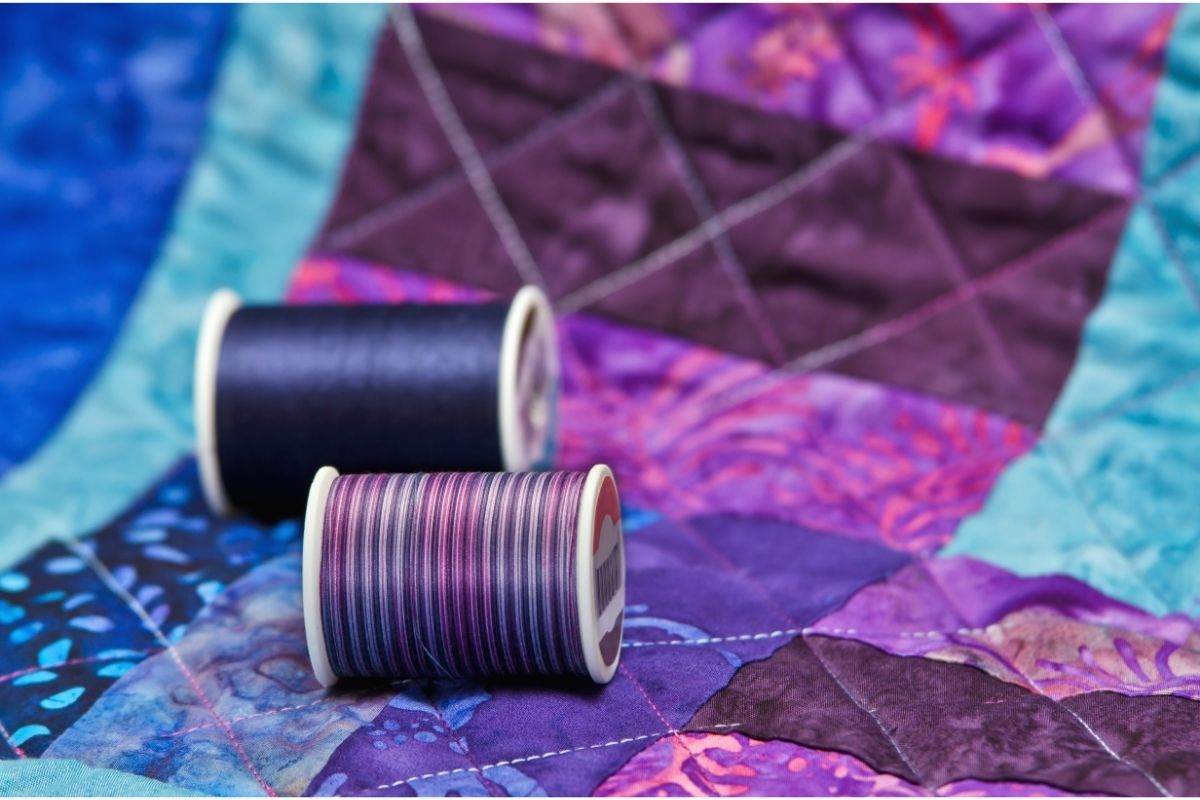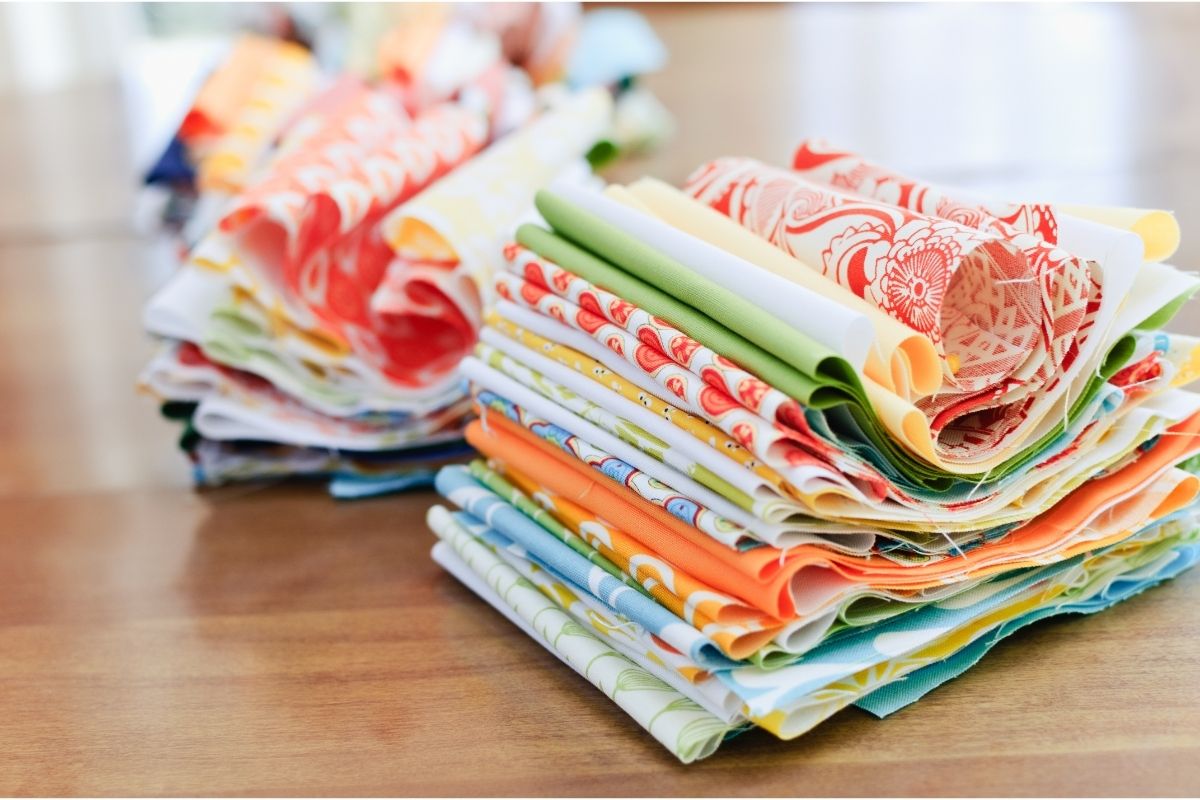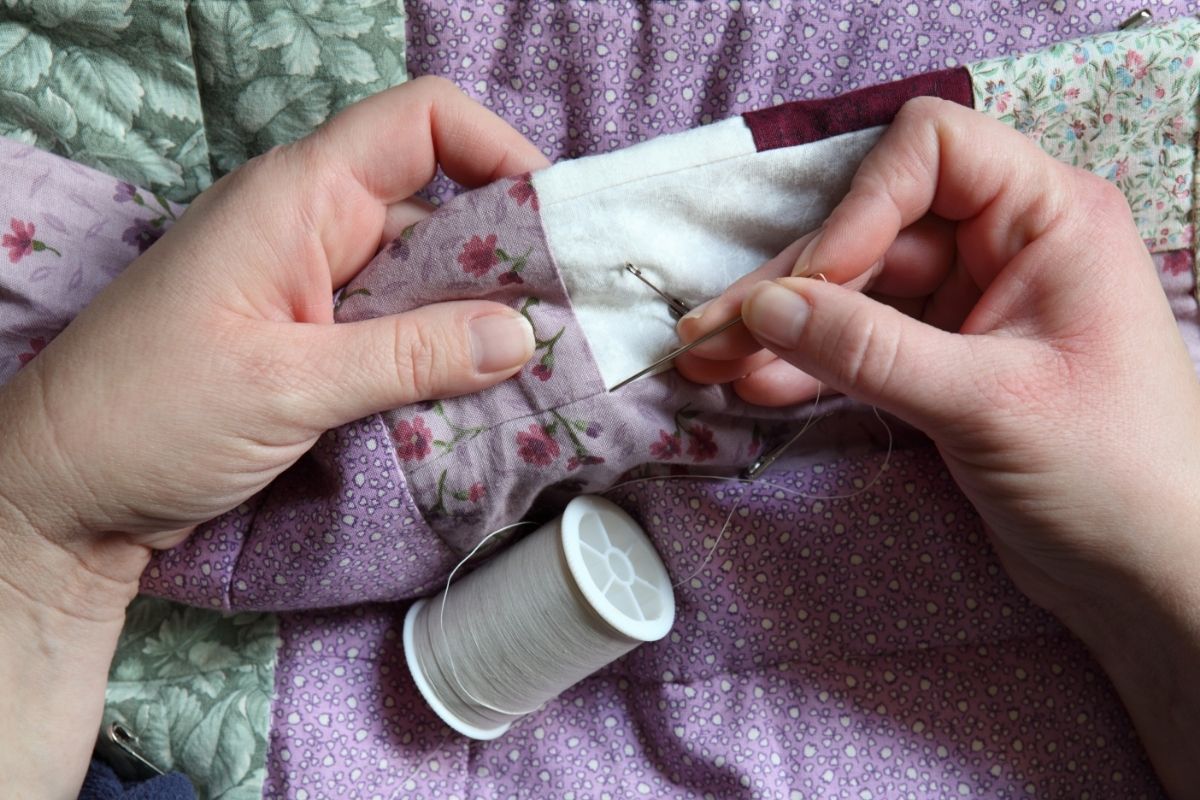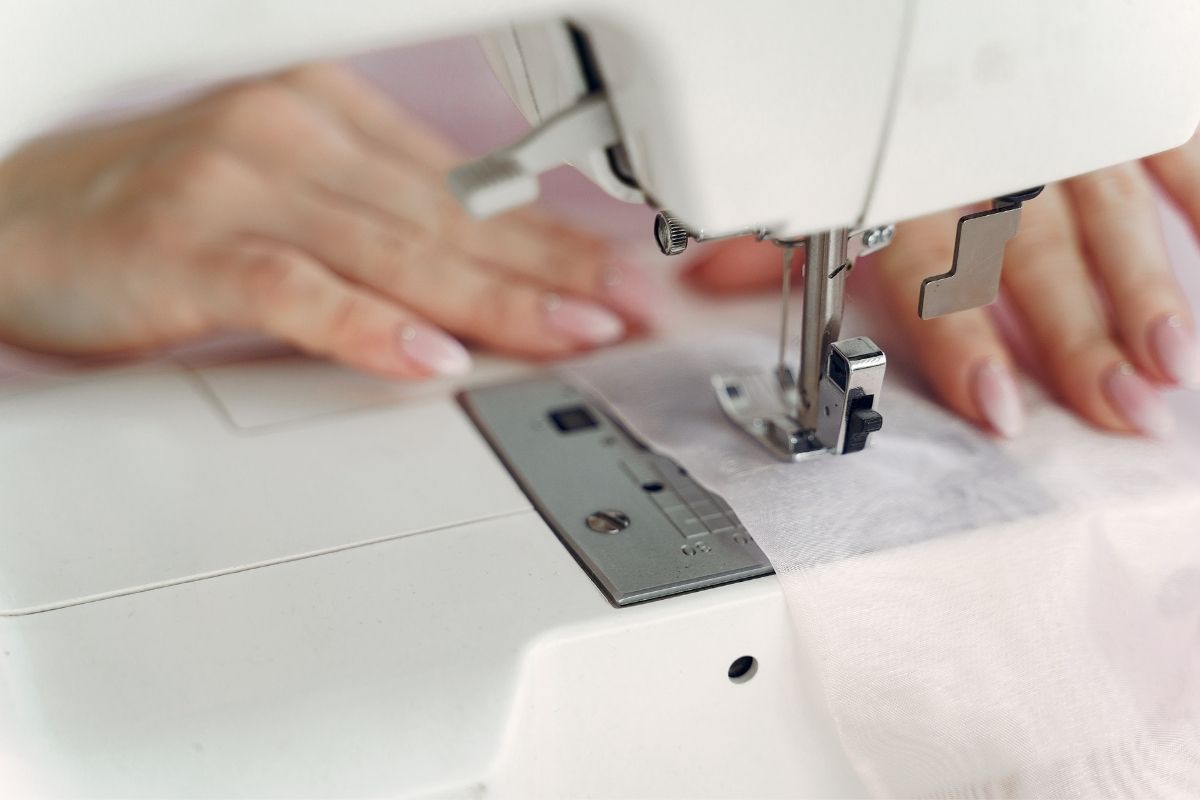Are you looking for a new way to measure fabric? If yes, then you should try your hand at a Quilter Ruler! This handy gadget has a variety of uses, including measuring and cutting fabric for your quilts.
A quilting ruler is a great tool for anyone who loves sewing or quilting. It’s also perfect for those who want to get into the craft.
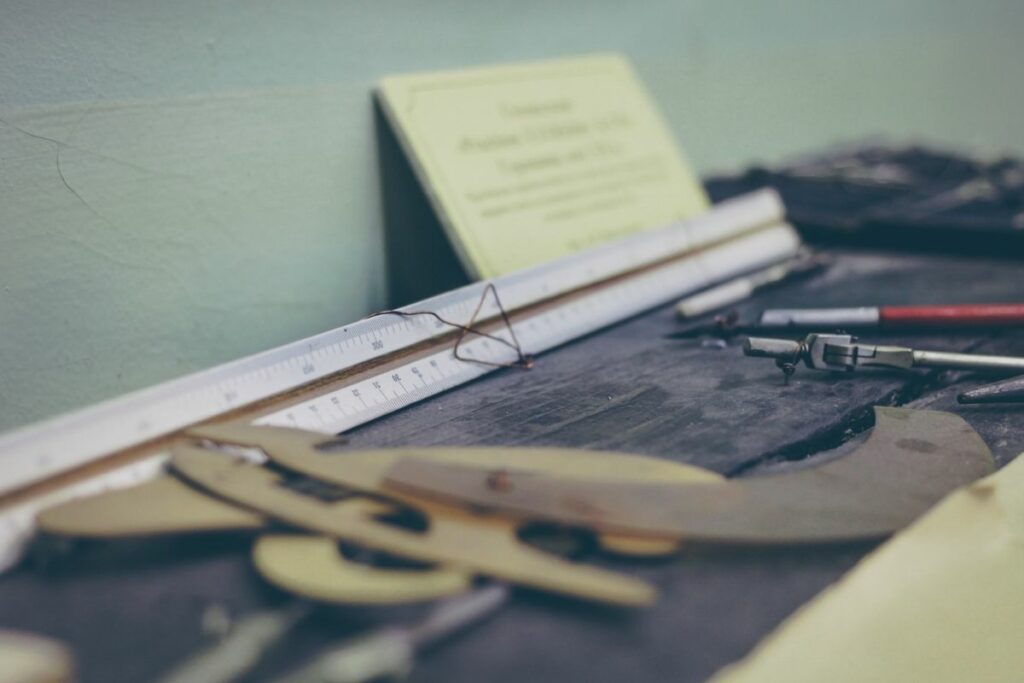
The ruler comes in various sizes, depending on the type of project you want to complete. Intrigued by the concept but not sure where to start? Stick with us to discover everything you need to know about quilting rulers.
What Is A Quilting Ruler?
When it comes to sewing and quilting, many tools can help you create beautiful projects. One such tool is a quilting ruler. A quilting ruler is used to cut out shapes from fabrics.
You can use this tool to make simple designs like flowers, stars, hearts, etc. It can even be used to draw patterns onto fabric.
The most common types of quilting rulers include straight edge, curved edge, and template.
Straight Edge Rulers
These rulers have one straight edge, making them helpful in creating straight lines. They come in different lengths and widths, so you can choose the size that fits best with your project.
Curved Edge Rulers
This type of ruler features a curve along its length. These rulers are helpful when making curves, as they allow you to mark off the desired shape easily.
Template Rulers
Template rulers are similar to templates used for papercrafts. They feature an area that allows you to trace a design onto fabric. Once you’ve traced the pattern, you can cut it out using a sharp pair of scissors.
The Benefits Of Using A Quilting Ruler
There are several benefits to using a quilting ruler over other methods. For example, these rulers are easy to handle and store.
Plus, they’re durable, allowing you to use them for years without worrying about damage.
Another benefit of quilting rulers is that they’re versatile. You can use them to create various quilt designs, including traditional ones. In addition, they’re ideal for beginners who want to learn how to sew.
How To Use A Quilting Ruler Correctly
Before you begin using a quilting ruler, you must first understand their purpose. As mentioned earlier, these rulers are designed to help you create certain designs.
However, you shouldn’t just blindly follow instructions. Instead, pay attention to what each line means.
For instance, if you see a line marked “cut 1/4″, this indicates that you should cut away approximately ¼ inch. Similarly, a line labeled “1/2″ represents ½ inch.
When working with curved edges, you may notice two lines next to each other. These lines represent the distance between the centerline and the outermost point.
Regardless of how big or small your quilting ruler is, each model will have the same markings. All quilting rulers will feature diagonal lines, perfect for creating unconventional cuts, such as those with 45 or 60-degree angles. This is convenient if you’re trying to create tricky shapes, such as hexagons.
Quilting Rulers – Understanding Lines And Markings
The lines on most quilting rulers will either be laser etched or painted on. You’ll notice that your quilting ruler will have a variety of markings, including block shapes, angles, grids, and linear markings.
Markings can either be on one side of the ruler or both, and some will come in different colors, such as red, yellow, and green. These markings are designed to be used on other color fabrics, and they can be incredibly useful – especially for beginner quilters!
Your ruler will usually show either metric or standard measurements. The increments of measurement may differ between rulers, and some may read either from right to left or left to right. For example, 6″ x 24″ rulers tend to be the most common.
Quick Tip
Quilting is a tricky business, so you’ll need to make sure you’re using one that can stay firmly in place. For example, you may need to use non-slip dots or a handle on your ruler to prevent it from moving.
Also, remember that quilting rulers may come in different shapes and sizes. For example, some are designed for specific fabric functions and may have multiple corner angles, triangles, squares, and even built-in slash lines designed for rotary cutters.
Therefore, consider the purpose of your project carefully before buying a quilting ruler. In most cases, you will need to buy a specific type of ruler to work with your project.
The Best Types Of Quilting Rulers
You can find many different types of quilting rulers available online. However, if you’re interested in buying a specific model, here are some things you should consider:
Length
Most quilting rulers are sold in lengths ranging from 12 inches to 48 inches. So if you want something longer, you might need to purchase an extension.
For example, if you’d like to extend your ruler by another 4 inches, you could buy a 16-inch ruler and then add four extensions.
Width
Many quilting rulers are also sold in widths ranging from 2 inches to 8 inches. Again, if you’d like to buy a more comprehensive ruler, you could get one that’s 10 inches wide.
Shape
Some quilting rulers are rectangular, while others are square. Rectangular rulers are easier to maneuver because there are no corners to catch on your projects. Square rulers allow you to measure larger areas of fabric easily.
Color
Some quilting rulers are made of wood, plastic, metal, or other materials. Others are made of vinyl or silicone. Most quilting rulers are black, but some models are available in different colors too.
Functionality
This refers to the features included in your quilting ruler. Some rulers have additional tools, such as slashes, cutting guides, and templates. Other rulers are meant solely for measuring, while still others are designed specifically for certain tasks.
Final Thoughts
Whatever your age, experience, or skill set, quilting is a fun and rewarding exercise for anyone interested in arts and crafts.
Whether you’re new to quilting or you’re an experienced quilter, a quilting ruler is an essential piece of kit that can benefit all users. We hope we’ve shown you just how easy these rulers are to use and how beneficial they can be!
- How to Cut Quilt Pieces - April 25, 2022
- Your Simple Guide To Quilt Sizes - April 25, 2022
- How To Join A Quilt With Diagonal Seam - April 25, 2022

